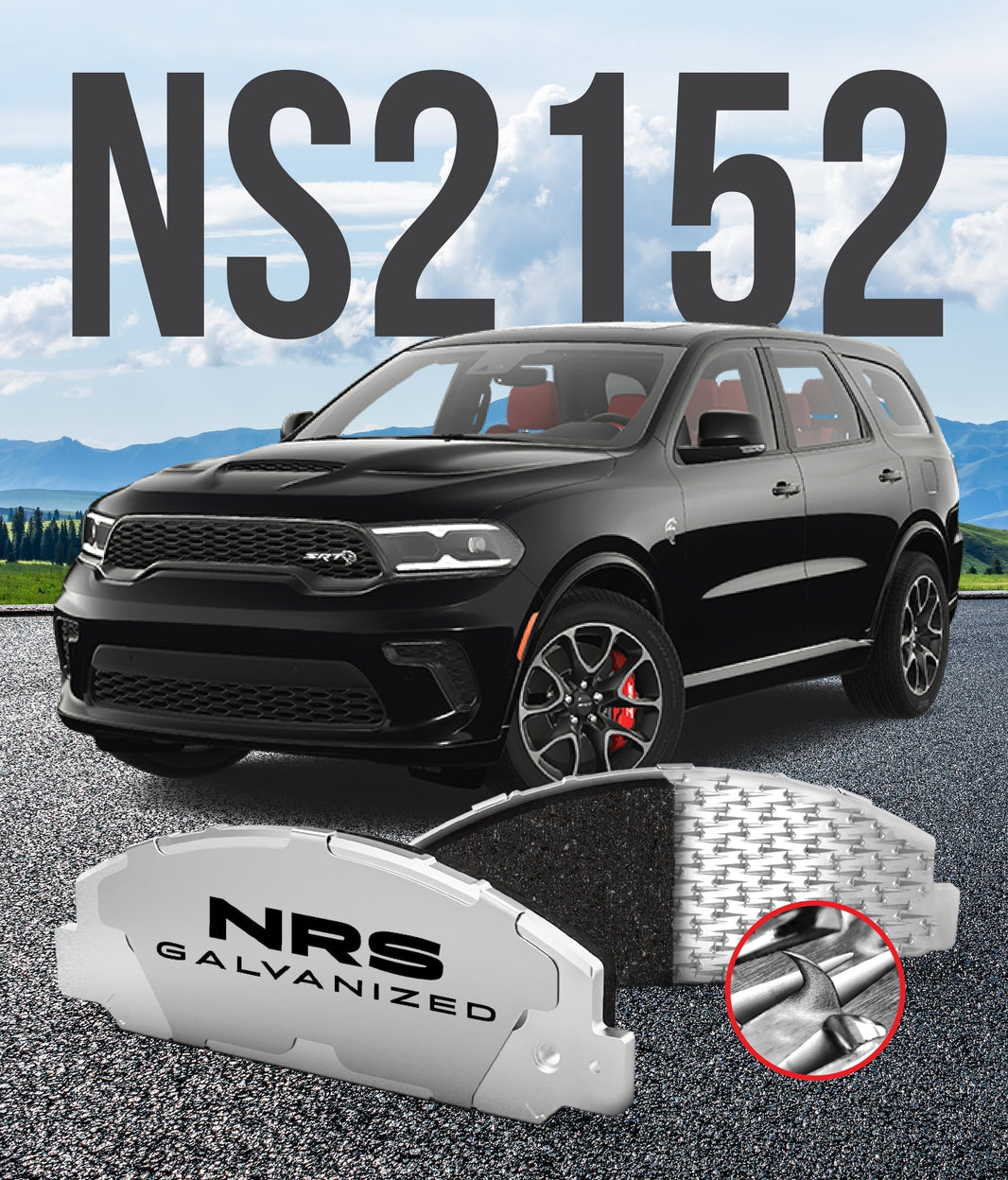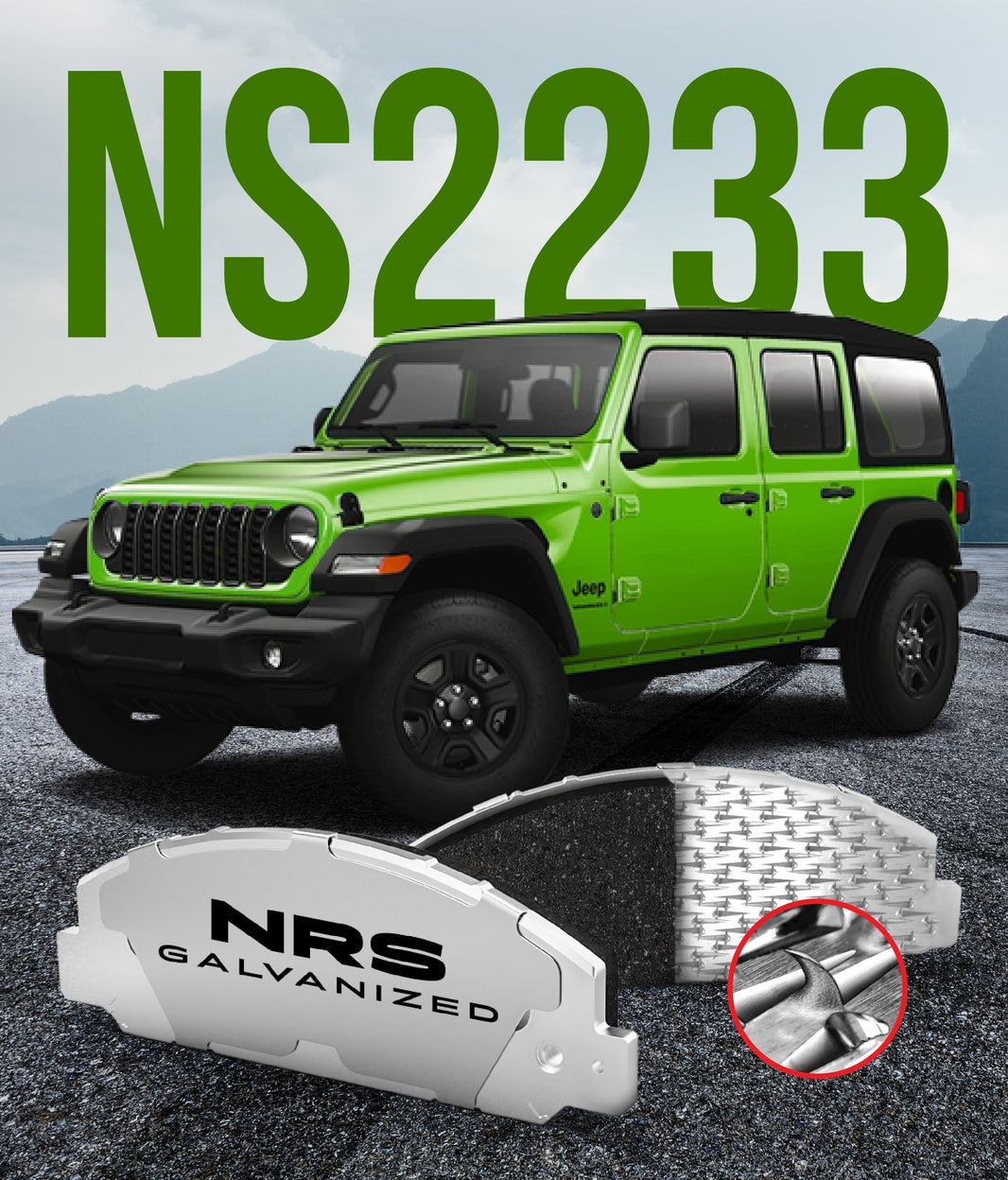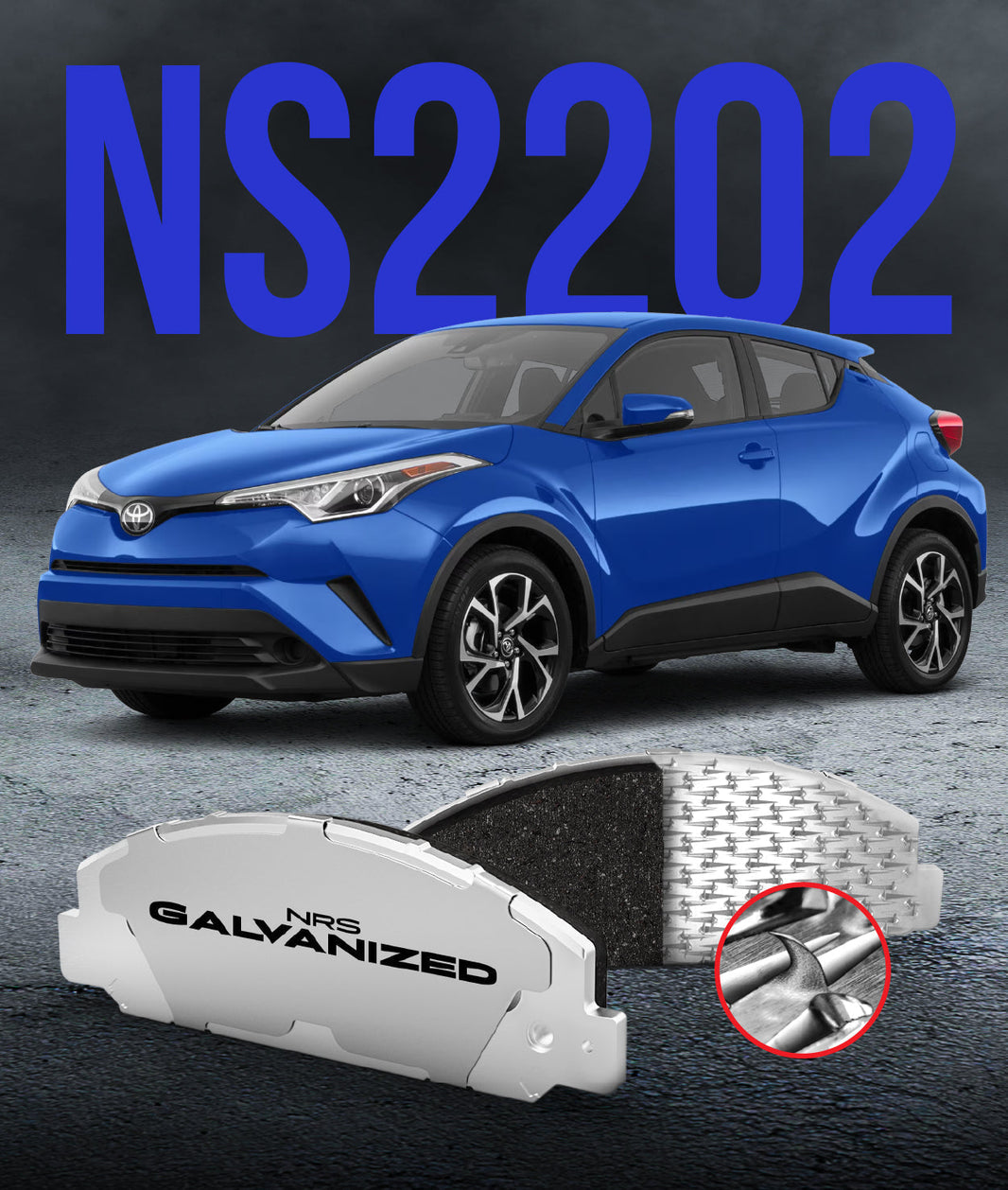
When we discuss vehicle safety, brakes are invariably at the top of the list. We depend on them countless times during every journey we make from A to B. While gradual wear of the friction material on brakes is an expected part of a brake pad's life, there's a far more insidious and dangerous failure mode that can occur silently that drivers are unaware of: brake pad delamination.
This isn't about pads wearing out; it's about the pad literally falling apart under pressure or regular use. If you value your safety and the reliability of your vehicle, understanding and avoiding delamination of the brake pad materials is crucial.
Brake Pad Delamination: A Sudden and Critical Failure
So, what exactly is brake pad delamination? In simple terms, it is the physical separation of the friction material from its steel backing plate. Brake pads are constructed in layers, with the wearable friction compound needing a rigid steel plate to press it against the rotor. Delamination occurs when the bond holding these two crucial layers together fails.
The consequences of delamination are severe and immediate. Unlike the gradual decrease in performance you might experience from thinning pads, delamination can result in a sudden, often complete, loss of braking force at the affected wheel. This can cause the vehicle to pull sharply to one side, significantly extend stopping distances, or, in the worst case scenario, lead to a total loss of control and a potential brake failure incident. Imagine one of your car's primary stopping mechanisms simply disintegrating when you need it most – it’s a scenario no driver wants to encounter. This makes delamination one of the most dangerous types of brake component failure.
The Culprits: Common Causes of Brake Pad Delamination
Several factors can contribute to the weakening and eventual failure of the bond between the friction material ( pad ) and the backing plate in traditionally manufactured brake pads. These pads typically rely heavily on adhesives and glues, and their backing plates are often just painted steel, creating inherent vulnerabilities.
1. Extreme Heat: Braking generates intense heat, sometimes reaching hundreds of degrees Celsius, especially during heavy or prolonged applications (like descending a steep mountain grade, towing, or performance driving). Traditional adhesives used in brake pad manufacturing can degrade, soften, or lose their structural integrity when subjected to these extreme temperatures repeatedly. Once the adhesive is thermally compromised, its ability to hold the friction material securely is significantly reduced, making delamination a real risk.
2. Corrosion on the Backing Plate: This is a particularly insidious cause with harsh winters and significant road salt usage. Standard painted or uncoated steel backing plates are highly susceptible to rust. As rust forms and spreads on the surface of the backing plate, it can creep underneath the adhesive layer. The physical expansion of the rust (iron oxide) literally pries the friction material away from the steel, breaking the adhesive bond from within. Even if the friction material itself has plenty of life left, a rusted out backing plate can lead directly to delamination.
3. Adhesive Failure and Manufacturing Defects: Beyond heat and corrosion, the adhesive bond itself can simply fail due to limitations in the adhesive's shear strength, improper application during manufacturing, or degradation over time due to environmental factors. Relying solely on a chemical bond for such a safety critical component introduces a point of weakness that can be exploited by the immense forces and harsh conditions experienced by brakes. This is where the "inadequacies of adhesive usage," as mentioned in NRS Brakes' materials, become starkly apparent.
The Answer: The Unyielding Foundation: Galvanized Backing Plates – Preventing Corrosion at the Source
The effectiveness of even the best mechanical attachment system could theoretically be compromised if the backing plate itself succumbs to severe corrosion. NRS Brakes addresses this by ensuring the foundation is as robust as the attachment.
All NRS Brake Pads steel backing plates are galvanized. Galvanization involves coating the steel with a protective layer of zinc. This zinc coating provides exceptional, long lasting corrosion resistance, acting as a sacrificial barrier that prevents moisture and road salt from attacking the underlying steel. As NRS Galvanized materials state, "Zinc plating technology ensures that brake pads are properly protected, preventing corrosion." For the mechanical attachment system, this means the hooks remain anchored in strong, uncorroded steel, and there's no rust to creep under the friction material and compromise the interface. This ensures the "friction works to the last millimetre" because the entire pad structure remains sound. This is a key component of "The Next Generation Brake Pad is Galvanized" philosophy.
The synergy is critical: the galvanized steel prevents the rust that undermines traditional bonds, and the NRS Hooks provide a mechanical lock that is inherently stronger and more reliable than adhesives. Together, they create a brake pad construction that is exceptionally resistant to delamination under any operational stress.
The NRS Solution: Mechanical Attachment That Eliminates Delamination Risk
NRS Brakes approach the critical bond between friction material and backing plate with a fundamentally different and vastly superior technology, moving beyond the limitations of mere adhesives. The core of the NRS Galvanized system is a patented mechanical attachment technology, often referred to as NRS Hooks.
Instead of relying on glue, NRS Galvanized forms hundreds of small, sharp, galvanized steel hooks directly into the surface of the brake pad's backing plate during its manufacturing process. These hooks are not separate pieces; they are an integral part of the backing plate itself. The friction material compound is then molded onto this unique surface, flowing around and permanently interlocking with these hooks. This creates an incredibly strong, physical connection – a true mechanical attachment – that is far more robust than any adhesive bond. As NRS Brakes confidently states, and as their technology ensures, "NRS Brake Pads will never delaminate." This is not just a claim; it's a result of engineering out the primary failure mode of traditional pads. This innovative approach, which provides a secure "mechanical retention of the friction material," earned NRS Brakes the prestigious Automotive News PACE Award, highlighting its significance in addressing a long standing industry challenge.
Benefits Beyond Delamination Prevention: Lasting Performance and Quiet Operation
The engineering that makes NRS brake pads virtually immune to delamination also contributes to other significant benefits, including lasting performance and quieter operation.
Because the friction material is so securely and stably attached, and the backing plate remains rust free, the pad maintains its integrity and optimal contact with the rotor throughout its service life. This leads to consistent stopping power, efficient heat dissipation, and helps achieve "Optimal Performance: Perfect fit, shorter stopping distances, and resistance against rust allow our zinc-plated pads to be considered the best brake pads, outperforming traditional pads." Furthermore, the elimination of micro movements between the friction material and a potentially corroded or poorly bonded backing plate significantly reduces the vibrations that cause brake noise. As NRS Galvanized notes, their "patented galvanized mechanical attachments NRS Brake Pads eliminates chances of separation between friction material and the backing plate," which also translates to "Less Vibration, Less Noise."
OEM Fit and Overall Quality: The Complete Package
NRS Brakes' commitment to quality extends to ensuring their pads perform seamlessly within your vehicle's braking system. NRS Brakes exceed OEM standards for fit tolerances, meaning their pads are designed to "Fit right out of the box" for the specific vehicle application. Proper fitment is crucial for even wear, quiet operation, and ensuring the entire brake assembly functions as intended, which also contributes to the longevity and safety of the brake pad itself. This precision, combined with their 30 years of experience as an original supplier to car companies ("Proven O.E. Expertise"), underscores the premium quality of their components.
Customer testimonials consistently reflect these benefits, with users praising the great pedal feel, quiet operation ("zero noise," "still no squealing after all this time!"), and superb performance and reliability, often noting they are perfect for harsh Canadian conditions. Awards like the AutoGuide Editor's Choice for Best Brake Pads three years running further validate this market leading quality.
We at NRS Brakes understand that brake pad delamination is not just an inconvenience; it's a severe safety hazard that can lead to catastrophic brake failure. That's why we've engineered our pads from the ground up to eliminate this risk. Our patented mechanical attachment system, utilizing NRS Brake Pads Hooks on a galvanized steel backing plate is THE ANSWER, creates an inseparable bond that ensures your friction material stays exactly where it needs to be, providing safe braking for the entire life of the pad. We don't just rely on glue; we rely on superior engineering. When you choose NRS Galvanized, you're choosing the Best Brake Pads designed for unmatched safety, durability, and peace of mind, ensuring you and your passengers are protected against the hidden danger of delamination.




